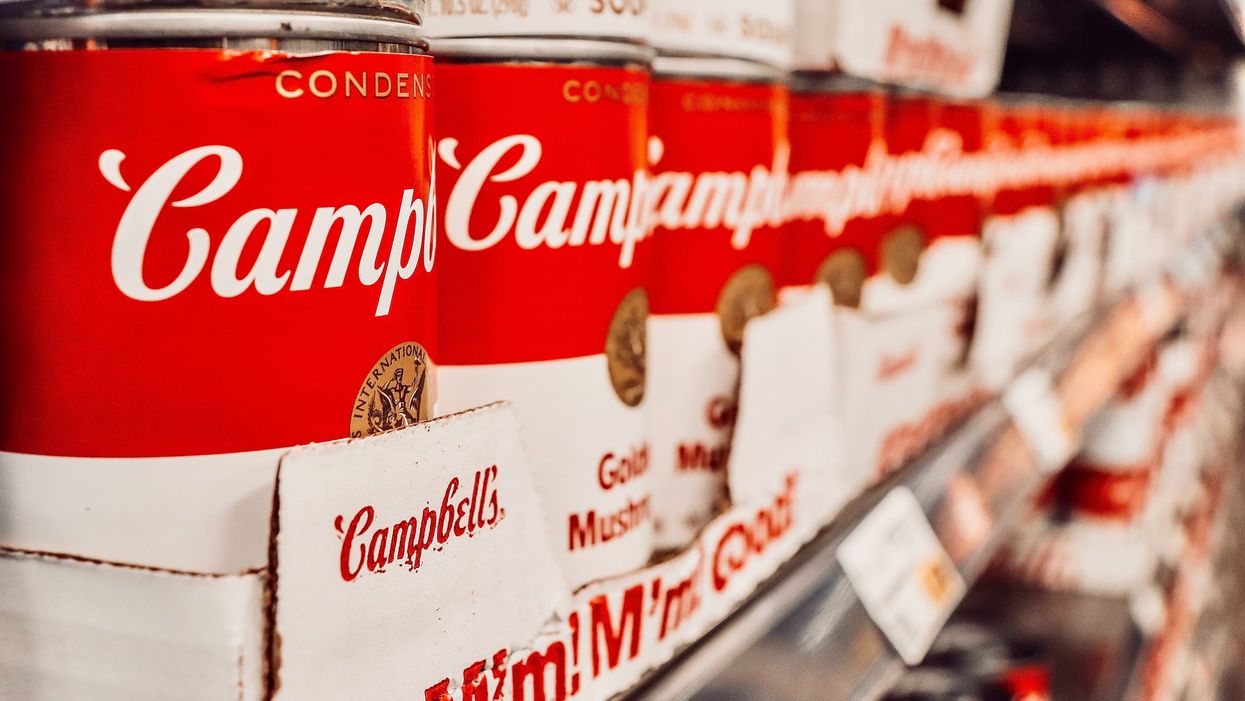Welcome to a new week. We’re going to get a big piece of the puzzle to help determine the results of the 2022 holiday season when U.S. retail sales data is reported by the Commerce Department. The industry calendar is also busy with the NRF Big Show in New York and Winter Fancy Food Show in Las Vegas. Plus, Procter & Gamble's earnings call will be a bellwether for Q4.
Events
NRF Big Show: Retailers gather in New York for the National Retail Federation’s kickoff to the year. CEOs and top leaders from Walmart, Target, Macy’s, Lowe’s, Express and Neiman Marcus will headline a host of speakers throughout keynote sessions and breakouts. Plus, an expo features innovation and technology trends coming to the industry. (Jan. 14-17)
Winter Fancy Food Show: The Specialty Food Association presents three days of discovery, sampling, trendspotting, and networking for makers, buyers, retailers, brokers, distributors, and other industry professionals in Las Vegas. (Jan. 15-17)
Economic indicators
U.S. retail sales: The U.S. Commerce Department reports data on retail sales of all types for December. This will include a good chunk of the holiday spending, allowing analysts to combine it with November figures for a picture of the overall peak season. (Jan. 18, 8:30 a.m.)
Retail inventories: The U.S. Commerce Department releases data on inventory levels for the retail trade. This has been watched closely at a time when many retailers are looking to work out of a glut of merchandise caused by supply chain issues and forecasting. (Jan. 18, 10 a.m.)
Producer Price Index: The U.S. Commerce Department releases inflation data for December on the price of goods before they reach retail. Also known as wholesale inflation, this is considered a forward-looking measure. (Jan. 18, 8:30 a.m.)
Housing starts + Existing home sales: The U.S. Commerce Department will reveal data that is carefully monitored by the housing industry, including home retailers. (Jan. 19-20)
Earnings
Tuesday, Jan. 17: Morgan Stanley, Goldman Sachs
Thursday, Jan. 19: Procter & Gamble, Netflix
Company news
Amazon layoffs are set to begin on Wednesday, Jan. 18. CEO Andy Jassy previously shared that the company will lay off 18,000 people to begin the calendar year as it seeks to cut costs. The layoffs will primarily affect the company’s commerce division, as well as people operations.










